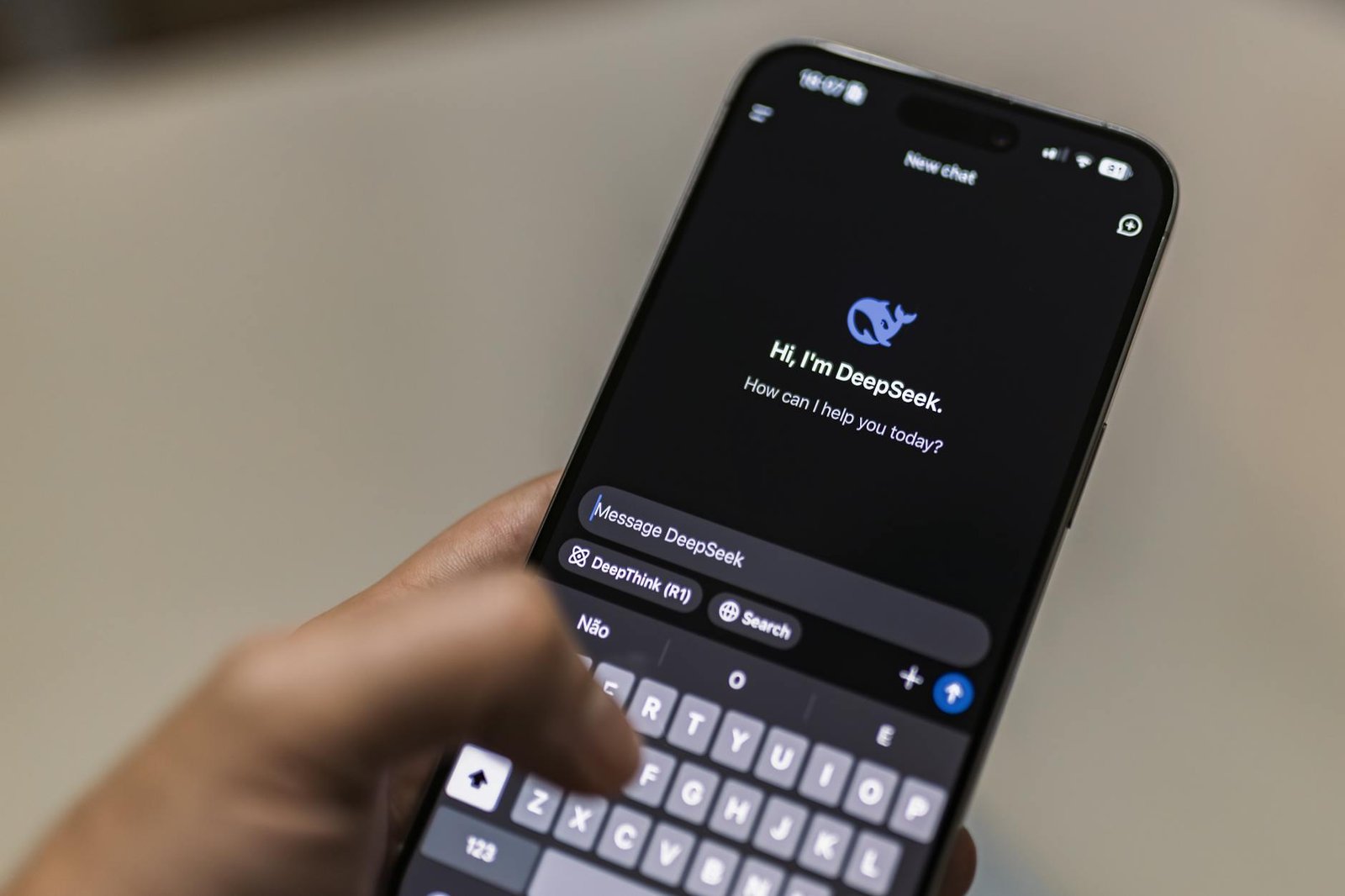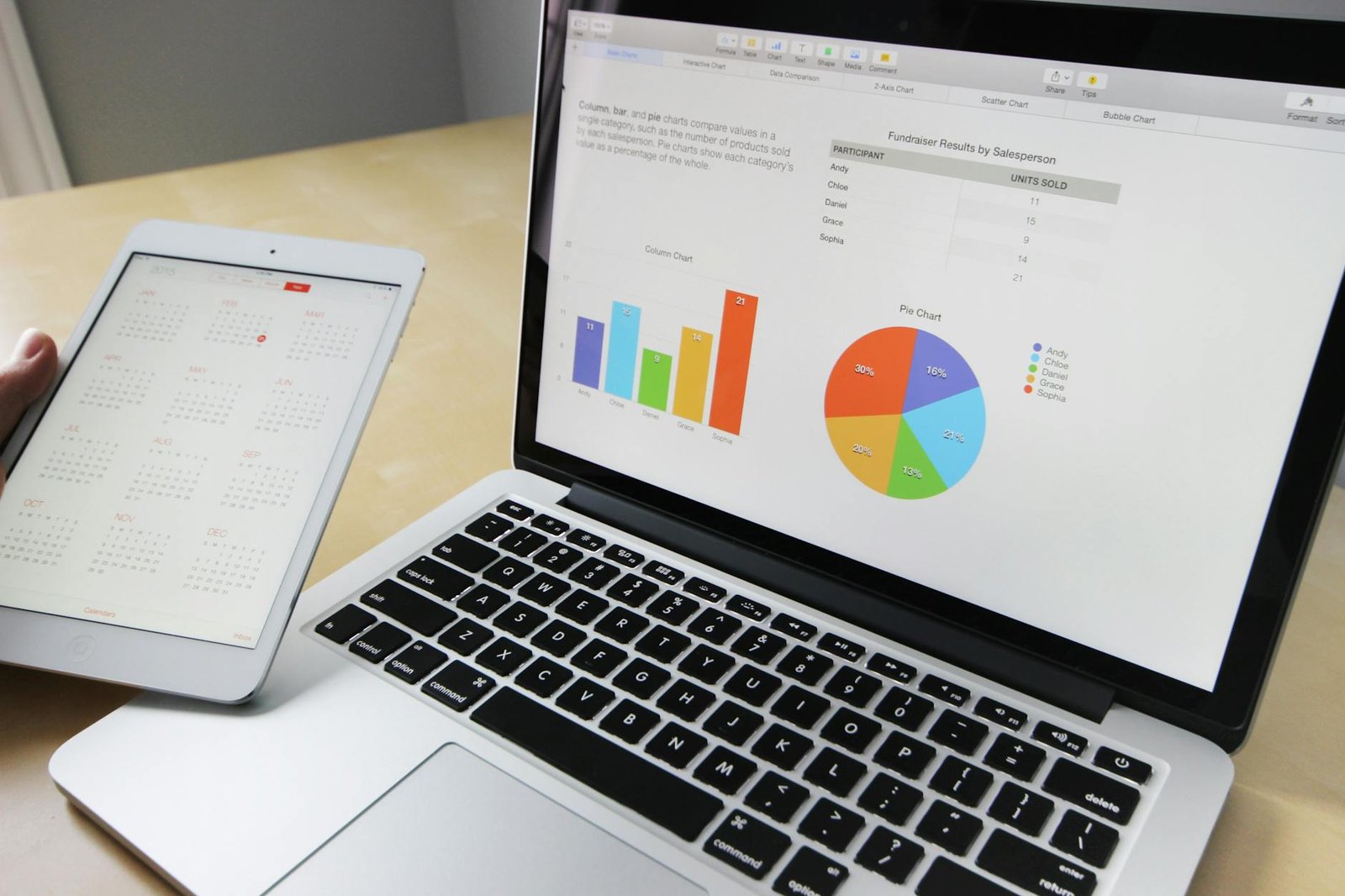📧 Are your email marketing campaigns falling flat? Do you find yourself struggling to engage subscribers and drive conversions? You’re not alone. In today’s crowded inboxes, standing out and making an impact has become increasingly challenging.
But what if you could unlock the secret strategies that top email marketing experts use to achieve stellar results? Imagine having the power to craft emails that not only get opened but also inspire action and boost your bottom line. It’s time to take your email marketing game to the next level and leave your competition in the dust.
In this blog post, we’ll dive deep into 7 Secret Strategies of Top Email Marketing Experts that will revolutionize your approach. From mastering personalization to employing advanced automation techniques, we’ll cover everything you need to know to transform your email campaigns into powerful conversion machines. Get ready to discover the insider tips and tricks that will make your subscribers eagerly anticipate your every message!
Master the Art of Personalization

A. Leverage customer data for tailored content
To truly master the art of personalization in email marketing, you must harness the power of customer data. By analyzing and utilizing the information you’ve collected about your subscribers, you can create highly targeted and relevant content that resonates with each individual. Here are some key ways to leverage customer data:
- Demographic information
- Purchase history
- Browsing behavior
- Email engagement metrics
| Data Type | Personalization Example |
|---|---|
| Age | Recommend age-appropriate products |
| Location | Highlight local events or offers |
| Past Purchases | Suggest complementary items |
| Abandoned Cart | Remind about specific products |
B. Use dynamic content blocks
Dynamic content blocks allow you to create a single email template that automatically adapts to each recipient’s preferences and characteristics. This powerful technique ensures that every subscriber receives a personalized experience without the need for manual segmentation. Consider implementing:
- Product recommendations based on browsing history
- Location-specific offers or store information
- Personalized greetings and images
- Custom content based on subscriber preferences
C. Implement behavior-based email triggers
Behavior-based email triggers are automated messages sent in response to specific actions taken by your subscribers. These timely and relevant communications can significantly boost engagement and conversions. Some effective behavior-based triggers include:
- Welcome series for new subscribers
- Abandoned cart reminders
- Post-purchase follow-ups
- Re-engagement campaigns for inactive subscribers
By mastering these personalization techniques, you’ll be well on your way to joining the ranks of top email marketing experts. Next, we’ll explore how to optimize your emails for mobile devices, ensuring your personalized content looks great on any screen.
Optimize for Mobile Devices

Design responsive email templates
In today’s mobile-first world, designing responsive email templates is crucial for successful email marketing campaigns. Responsive templates automatically adjust to fit various screen sizes, ensuring your message looks great on smartphones, tablets, and desktop computers.
Here are key elements to consider when designing responsive email templates:
- Fluid layout
- Flexible images
- Media queries
- Scalable fonts
| Feature | Benefit |
|---|---|
| Fluid layout | Adapts to different screen sizes |
| Flexible images | Scales images to fit the device |
| Media queries | Customizes content for specific devices |
| Scalable fonts | Ensures readability on all screens |
Keep subject lines short and punchy
Mobile devices typically display fewer characters in the subject line, making it essential to craft concise and attention-grabbing subject lines. Aim for 30-40 characters to ensure your message is fully visible on most mobile devices.
Use single-column layouts
Single-column layouts are ideal for mobile devices, as they provide a clean, easy-to-read format that doesn’t require horizontal scrolling. This approach simplifies the user experience and increases the likelihood of engagement with your email content.
Optimize CTAs for touch screens
When designing call-to-action (CTA) buttons for mobile devices, consider the following:
- Make buttons large enough for easy tapping (at least 44×44 pixels)
- Use contrasting colors to make CTAs stand out
- Place CTAs in easily accessible areas, such as the top or middle of the email
- Use action-oriented, concise text for your CTAs
By implementing these mobile optimization strategies, you’ll significantly improve the performance of your email campaigns across all devices. Remember, a seamless mobile experience is no longer optional – it’s a necessity for successful email marketing.
Craft Compelling Subject Lines

Use power words to evoke emotion
Power words are the secret weapon of email marketing experts. These emotionally charged words grab attention and compel readers to open your emails. Here’s a list of powerful categories and examples:
- Curiosity: Revealed, Secret, Insider
- Urgency: Limited, Exclusive, Now
- Value: Free, Bonus, Guaranteed
- Fear: Mistake, Risk, Avoid
- Success: Proven, Unlock, Achieve
| Power Word Category | Open Rate Increase |
|---|---|
| Curiosity | 20-25% |
| Urgency | 15-20% |
| Value | 10-15% |
| Fear | 18-22% |
| Success | 12-18% |
Create a sense of urgency
Urgency drives action. Use time-sensitive language to encourage immediate opens:
- Limited-time offers
- Countdown timers
- Exclusive early access
- “Last chance” notifications
Incorporate numbers and statistics
Numbers stand out in a sea of text. They add credibility and specificity:
- “5 Ways to Boost Your Sales”
- “Increase Conversions by 237%”
- “Join 10,000+ Satisfied Customers”
A/B test different subject line styles
Testing is crucial for optimization. Experiment with:
- Length: Short vs. long
- Personalization: With vs. without names
- Emojis: Present vs. absent
- Questions vs. statements
Now that we’ve crafted compelling subject lines, let’s explore how to segment your email list for maximum impact.
Segment Your Email List for Maximum Impact
A. Divide subscribers by demographics
Segmenting your email list by demographics is a powerful strategy to tailor your content and offers to specific groups. By understanding your subscribers’ age, gender, location, and other relevant factors, you can create more targeted and effective email campaigns.
Here’s a breakdown of key demographic segments and their potential uses:
| Demographic | Potential Use |
|---|---|
| Age | Customize product recommendations and content style |
| Gender | Adjust imagery and product focus |
| Location | Offer location-specific promotions or events |
| Income | Tailor pricing strategies and product offerings |
| Education | Adapt language complexity and content topics |
B. Group by past purchase behavior
Analyzing past purchase behavior allows you to create highly personalized email campaigns. This approach can significantly boost your conversion rates and customer loyalty.
- Recent purchasers: Send follow-up emails with complementary products
- Frequent buyers: Offer exclusive deals or early access to new products
- High-value customers: Provide VIP treatment and personalized recommendations
- One-time purchasers: Create re-engagement campaigns to encourage repeat business
C. Segment based on engagement levels
Engagement-based segmentation helps you tailor your email frequency and content to match subscribers’ interest levels. This strategy can improve open rates and reduce unsubscribes.
- Highly engaged: Send more frequent emails with exclusive content
- Moderately engaged: Maintain regular communication with varied content
- Low engagement: Implement re-engagement campaigns or adjust email frequency
- Inactive: Consider a win-back campaign or remove from the list if unresponsive
D. Create interest-based categories
Segmenting your list based on subscribers’ interests allows you to deliver highly relevant content, increasing engagement and conversions. Use surveys, browsing behavior, and past interactions to gather this information.
Now that we’ve covered effective segmentation strategies, let’s explore how to perfect your timing and frequency to maximize the impact of your segmented campaigns.
Perfect Your Timing and Frequency

Analyze your audience’s preferred times
Understanding when your audience is most likely to engage with your emails is crucial for maximizing open rates and conversions. Start by examining your email analytics to identify patterns in engagement. Look for:
- Days of the week with highest open rates
- Time ranges with most click-throughs
- Seasonal trends in email interaction
| Metric | Best Performing | Worst Performing |
|---|---|---|
| Day | Tuesday | Saturday |
| Time | 10 AM – 2 PM | 8 PM – 6 AM |
| Season | Q4 (holidays) | Q3 (summer) |
Test different sending schedules
Once you’ve identified potential optimal times, conduct A/B tests to refine your sending schedule:
- Split your list into segments
- Send identical emails at different times
- Compare open rates, click-through rates, and conversions
- Adjust your schedule based on results
Implement automation for timely delivery
Leverage email automation tools to ensure your messages reach recipients at the perfect moment:
- Set up triggered emails based on user actions
- Use time zone detection to localize send times
- Create drip campaigns that deliver content at optimal intervals
Balance frequency to avoid fatigue
Finding the right email frequency is essential to maintain engagement without overwhelming your audience:
- Monitor unsubscribe rates for signs of fatigue
- Survey subscribers about their preferred frequency
- Offer frequency options in preference centers
- Segment your list based on engagement levels and adjust accordingly
By perfecting your timing and frequency, you’ll significantly boost the effectiveness of your email marketing campaigns. Next, we’ll explore how to employ advanced automation techniques to further enhance your email strategy.
Employ Advanced Automation Techniques

Set up welcome email series
Welcome email series are crucial for making a great first impression on new subscribers. Here’s how to set up an effective series:
- First email: Immediate welcome and introduction
- Second email: Showcase your best content or products
- Third email: Offer a special discount or incentive
- Fourth email: Share your brand story or values
| Timing | Purpose | |
|---|---|---|
| 1 | Instant | Welcome and set expectations |
| 2 | Day 2 | Highlight value proposition |
| 3 | Day 4 | Encourage first purchase |
| 4 | Day 7 | Build emotional connection |
Create re-engagement campaigns
Re-engagement campaigns help win back inactive subscribers:
- Segment your list based on engagement levels
- Craft personalized subject lines to grab attention
- Offer exclusive content or discounts
- Ask for feedback to understand their preferences
Use predictive sending algorithms
Leverage AI to optimize send times:
- Analyze individual subscriber behavior
- Determine optimal send times for each recipient
- Improve open rates and engagement
- Continuously refine predictions based on new data
Implement browse and cart abandonment emails
Recover lost sales with targeted follow-ups:
- Set up tracking for website browsing and cart activity
- Create dynamic email templates based on viewed products
- Schedule automated emails at strategic intervals
- Include personalized product recommendations and incentives
Now that we’ve explored advanced automation techniques, let’s move on to measuring and analyzing your email marketing efforts for continuous improvement.
Measure and Analyze for Continuous Improvement

Track key performance indicators (KPIs)-Secret Strategies of Email Marketing
To measure and analyze your email marketing efforts effectively, it’s crucial to track the right KPIs. Here are some essential metrics to monitor:
- Open rate
- Click-through rate (CTR)
- Conversion rate
- Bounce rate
- Unsubscribe rate
| KPI | Description | Industry Average |
|---|---|---|
| Open rate | Percentage of recipients who open your email | 15-25% |
| CTR | Percentage of recipients who click on links in your email | 2-5% |
| Conversion rate | Percentage of recipients who complete a desired action | 1-5% |
| Bounce rate | Percentage of emails that couldn’t be delivered | <2% |
| Unsubscribe rate | Percentage of recipients who opt out of your list | <0.5% |
Use heat maps to optimize email design
Heat maps provide valuable insights into how recipients interact with your emails. By analyzing these visual representations, you can:
- Identify areas that attract the most attention
- Optimize placement of important elements
- Improve overall email layout and design
Conduct regular A/B tests
A/B testing is a powerful tool for continuous improvement. Test various elements of your emails, such as:
- Subject lines
- Call-to-action buttons
- Email copy
- Images and visuals
- Sender name and email address
Leverage artificial intelligence for deeper insights
AI can help you uncover patterns and trends in your email marketing data that might otherwise go unnoticed. Use AI-powered tools to:
- Predict subscriber behavior
- Optimize send times
- Personalize content at scale
- Identify potential churn risks
Continuously refine your strategy based on data
Use the insights gained from your analytics to make data-driven decisions and refine your email marketing strategy. Regularly review your performance and adjust your approach to maximize results and stay ahead of the competition.
Email marketing remains a powerful tool in the digital marketer’s arsenal, and mastering these seven secret strategies can significantly elevate your campaigns. From personalization and mobile optimization to crafting irresistible subject lines and strategic list segmentation, each tactic plays a crucial role in engaging your audience and driving results. Here are the top Secret Strategies of Email Marketing
By implementing advanced automation, perfecting your timing, and consistently analyzing your performance, you’ll be well-equipped to stay ahead of the competition. Remember, successful email marketing is an ongoing process of refinement and adaptation. Start implementing these expert strategies today, and watch your email campaigns transform into powerful drivers of engagement and conversions.







